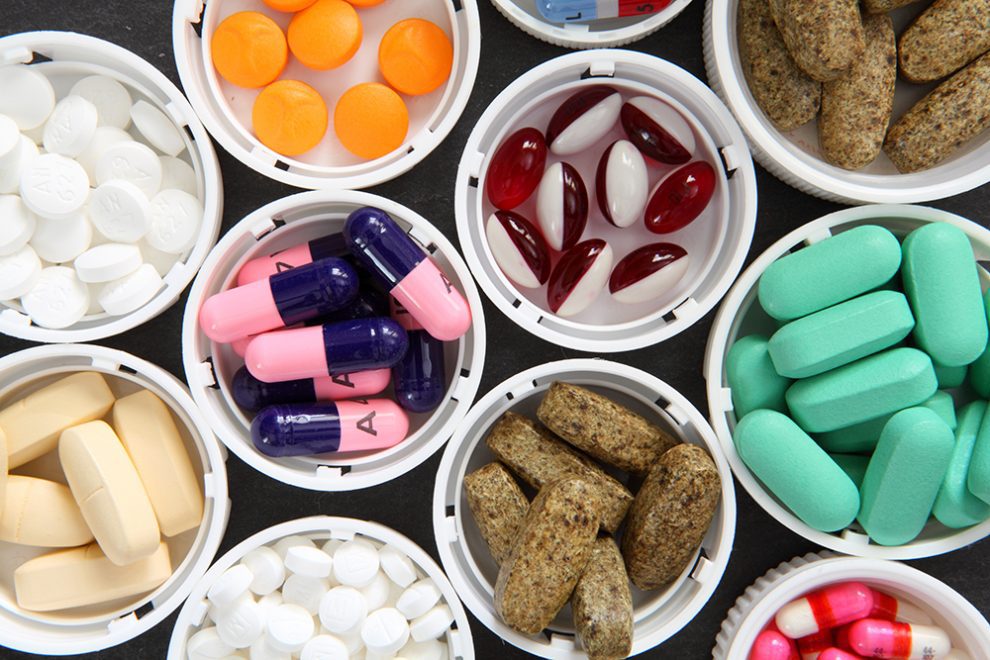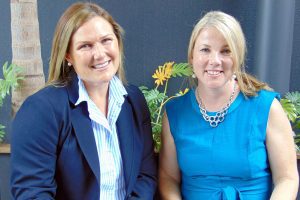More than 1000 Australians over the age of 65 require hospitalisation each year due to medicine poisoning, according to a study published in the Medical Journal of Australia. This is far more common in seniors than any other demographic due to a higher amount of medicine taken on average. Not only that, seniors generally require longer hospital stays and have a higher mortality rate from accidental poisonings than other age groups.
The more medications you have, the more important it is to regularly clean out your medicine cabinet and keep it well organised. Keeping unwanted or expired medications can create unnecessary confusion and increase your risk of medicine mix-ups or accidental poisoning.
Many of us hold on to unwanted medications simply because we don’t know how to get rid of them! A recent Griffith University study of over 4300 Australians showed that 80% of people are unaware of the Return Unwanted Medicine (The RUM Project) and don’t know how to properly dispose of medication. Luckily, cleaning out your medicine cabinet is a quick and simple task when you know how to do it properly. Read on for our top 5 tips on spring-cleaning your medicine cabinet.
1. Read, remove and return
The best place to start when organising your medicine cabinet is with The RUM Project’s simple three-step process. First, read the labels and expiry dates. While expired medicines aren’t always harmful, they’re usually no longer effective. Once you’ve determined what you no longer need, remove them and place them into a container or bag. Then, rather than throwing them in the bin, return them properly by taking them to your local pharmacy. Your pharmacist will put your medicines in a secure bin for safe disposal. Prescription medicines, over-the-counter medicines, herbal or complementary supplements, gels, liquids, creams and veterinary medicines can all be disposed of in a designated The RUM Project bin.
2. Play it safe
If a medicine is no longer in its original container and you can’t remember what it is, don’t try to play the guessing game. Instead, play it safe and put it in your ‘remove’ pile. The cost of buying the same medicine twice is far less then potentially putting your health at risk by taking the wrong thing! In the future, try to keep your medicines in their original containers so they’re easier to identify.
3. Don’t mix and match
While it’s tempting to put multiple things in the same container to save space, this is a definite no no. Not only does it make it harder to locate your medicine when you need it, accidental medication mix-ups can also be seriously dangerous. If you take the same medicines every day, consider getting a pill organiser to save space and keep your cabinet tidy. Just be sure to label it if you share your medicine cabinet with someone else.
4. Check the essentials
While it’s important to keep your medicine cabinet clean and minimal, there are a few essentials everyone should have on hand. Ensure your medicine cabinet is freshly stocked with cold and flu tablets, band aids, tissues, anti-diarrhea medication, a thermometer and antibacterial ointment for cuts and grazes. These will save you a trip to pharmacy if any common health woes arise!
5. Rethink your storage
When it comes to your medicine supply, location is everything. You’ll want to avoid keeping it in your bathroom, as the humidity from the shower can speed up the expiry of your medicines. The same goes for keeping it in your kitchen cabinet, above or next to the cooktop. It’s best to keep them in a cool, dry place — ideally in an airtight container out of reach from your visiting grandkids!
Return Unwanted Medicines — or The RUM Project — is a Federal Government-funded initiative that provides all Australians with a free and convenient way to dispose of expired and unwanted household medicines. Anyone can return their medicines to any community pharmacy at any time, for safe collection and disposal.
You can find out more about The RUM Project here.





















Add Comment